The main frequency range of the ECG signal is 0.05 "100Hz, the amplitude is about 0" 4mV, and the signal is very weak. The ECG signal is usually mixed with other biological signals, and the external electromagnetic field interference at the main frequency of 500 Hz makes the ECG noise background stronger and the measurement conditions more complicated, which brings certain difficulties to medical research, treatment and teaching. In this paper, through the analysis of the characteristics of the ECG signal, a simulation method of ECG signal based on MATLAB / SIMULINK is proposed. The rapid prototyping technology is used to convert the virtual simulation signal into the actual physical electrical signal through the input / output card, and the actual hardware circuit Connected together to form a semi-physical simulation model of ECG signals.
Fundamental
ECG
A typical ECG signal is shown in Figure 1, which is composed of P wave, Q wave, R wave, S wave and T wave. During the diagnosis process, the interval amplitude of these characteristic waves and the PR interval, ST interval and QT can be based on Judge the patient's condition at intervals.

Fourier series
If a function satisfies Dirichlet condition, it can be expanded into the form of Fourier series. The trigonometric function form of Fourier series is defined as follows:
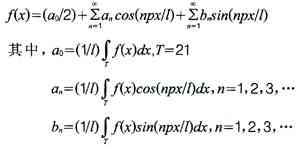
Dirichlet condition sufficient condition:
(1) The function is continuous in any finite interval, or there are only a limited number of discontinuity points of the first type (when t tends to this discontinuity point from left or right, the function has limited left and right limits);
(2) Within a period, the function has a finite maximum or minimum.
ECG signal simulation and result analysis
ECG signal simulation
This design plan is to treat the ECG signal as a combination of each triangle wave signal and sinusoidal signal, and then obtain each characteristic wave sequence through calculation, and then synthesize each wave into the final simulation signal. The specific implementation method is as follows:
(1) The QRS wave, Q wave and S wave of the ECG signal are realized by triangle wave.
(2) The P wave, T wave and U wave of the electrocardiogram signal are realized with a sine wave.
Triangle wave mathematical model establishment
The triangular wave mathematical model is established as follows:
For convenience of calculation, this function is expanded into the form of Fourier series:
In the formula,
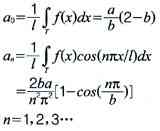
Sine wave mathematical model establishment
The sine wave model is as follows:
For convenience of calculation, this function is expanded into the form of Fourier series:
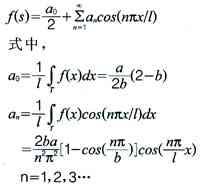
Analysis of simulation results
Through the above simulation scheme, the characteristic wave parameters of the simulated ECG signal are shown in Table 1, and the simulated waveform of the ECG signal is shown in FIG. 2.
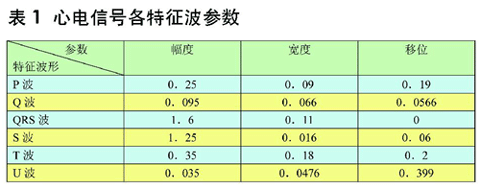
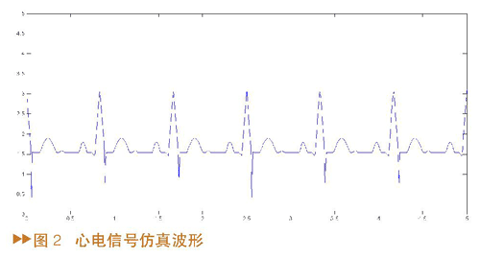
Real-time ECG signal source design
The design scheme uses SIMULINK to realize the design of ECG signal generator. SIMULINK can easily carry out visual dynamic modeling, and the simulation process is interactive, you can modify the parameters at any time, you can immediately see the simulation results, and generate real-time signals that can be actually applied.
ECG signal generator implementation
In the design scheme, the ECG signal is regarded as a waveform composed of various characteristic waves. These characteristic waves include P wave, Q wave, QRS wave, S wave, T wave, and U wave. In the simulation design process, Q wave, QRS wave and S wave are realized by triangle wave, and P wave, T wave and U wave are realized by sine wave.
The design of the ECG signal generator is implemented with seven modules, of which the function of six modules is to realize the characteristic wave, and one module is used to synthesize each characteristic wave to realize the simulation of the ECG signal. The design results are shown in Figure 3.
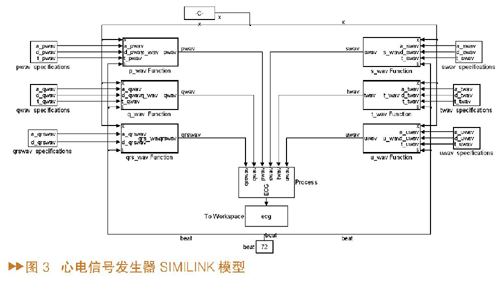
As shown in Fig. 3, each ECG signal characteristic wave generating module has its own characteristic wave parameter input, and these parameters include amplitude, width and shift. In addition, the 6 ECG signal characteristic waveform generating modules have 2 common inputs, which are the length x of the ECG signal and the heartbeat period beat. Obviously, the SIMULINK model of the ECG signal generator can easily obtain the required ECG signal by changing the ECG signal parameters.
Real-time ECG signal generation
In the design scheme, the ECG signal generator designed by SIMULINK is used to generate a digital simulated ECG signal, which is led out by the D / A converter of Advantech's analog output data acquisition card PLC-812PG to generate real-time ECG signals. The principle block diagram is shown in Figure 4.

The MATLAB Embedded FuncTIon module only supports two-dimensional matrix operations, so attention should be paid to the conversion of two-dimensional data to one-dimensional data when outputting real-time ECG signals, that is, a two-dimensional matrix to one-dimensional matrix conversion module.
in conclusion
This solution solves the difficulties of complex hardware circuits, large noise, and difficulty in collecting individual ECG waveforms during the actual ECG signal acquisition process. It brings convenience to medical research and teaching, and has certain practical and reference value.
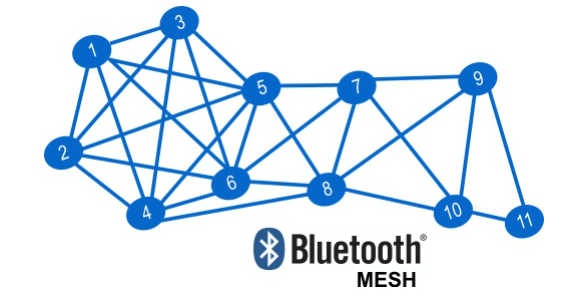
protocol
The advantages of Bluetooth Mesh are fast connect, low power consumption, no password required and Ad-Hoc Network. No need WIFI and hubs, as long as you have a Bluetooth-enabled smart phone, you can experience the smart light. When you install several smart strip lights, the self-organizing network function can make the signals free connect, break the limitation of distance.
Introduction
Strip light with both RGB colorful light and warm light, the length of the strip light is 2 meters, 60pcs LED lamp beads inside are high-quality and energy-saving , the light source is stable without strobe. The installation is very simple, just need to peel off the 3M glue on the back, you can paste and decorate any place.

Control Way-APP
With App control, the light color, brightness, scene mode of strip light can be free changed, with the timing function, users can make the light turn on and turn off the strip light freely. The App are developed on the most advanced Bluetooth Mesh technology. [LinkupHome" App can be downloaded in the App store or Google Player, then you can control our product without any complicatedd steps. The App is stable, easy control and multifunctional.
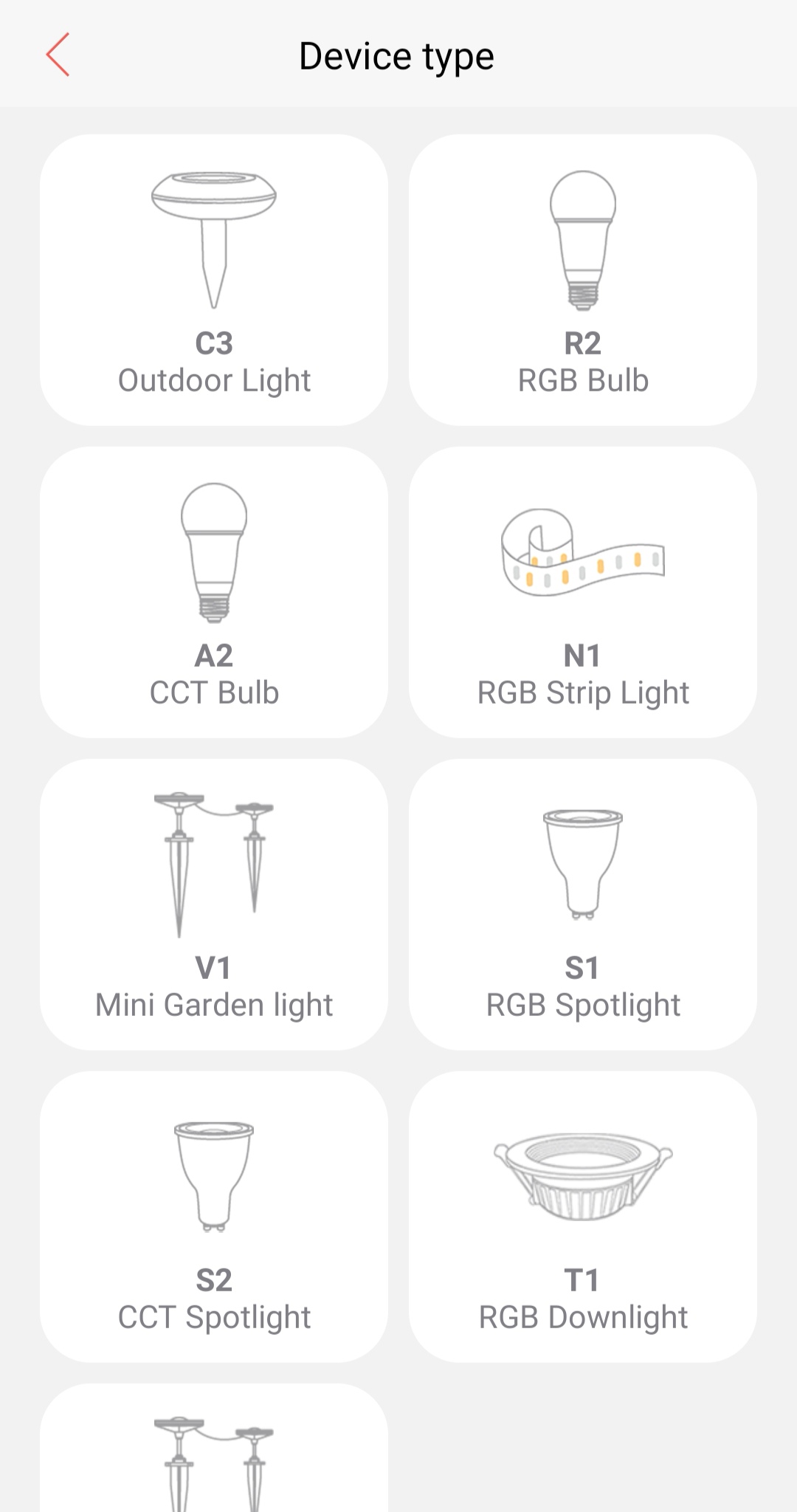
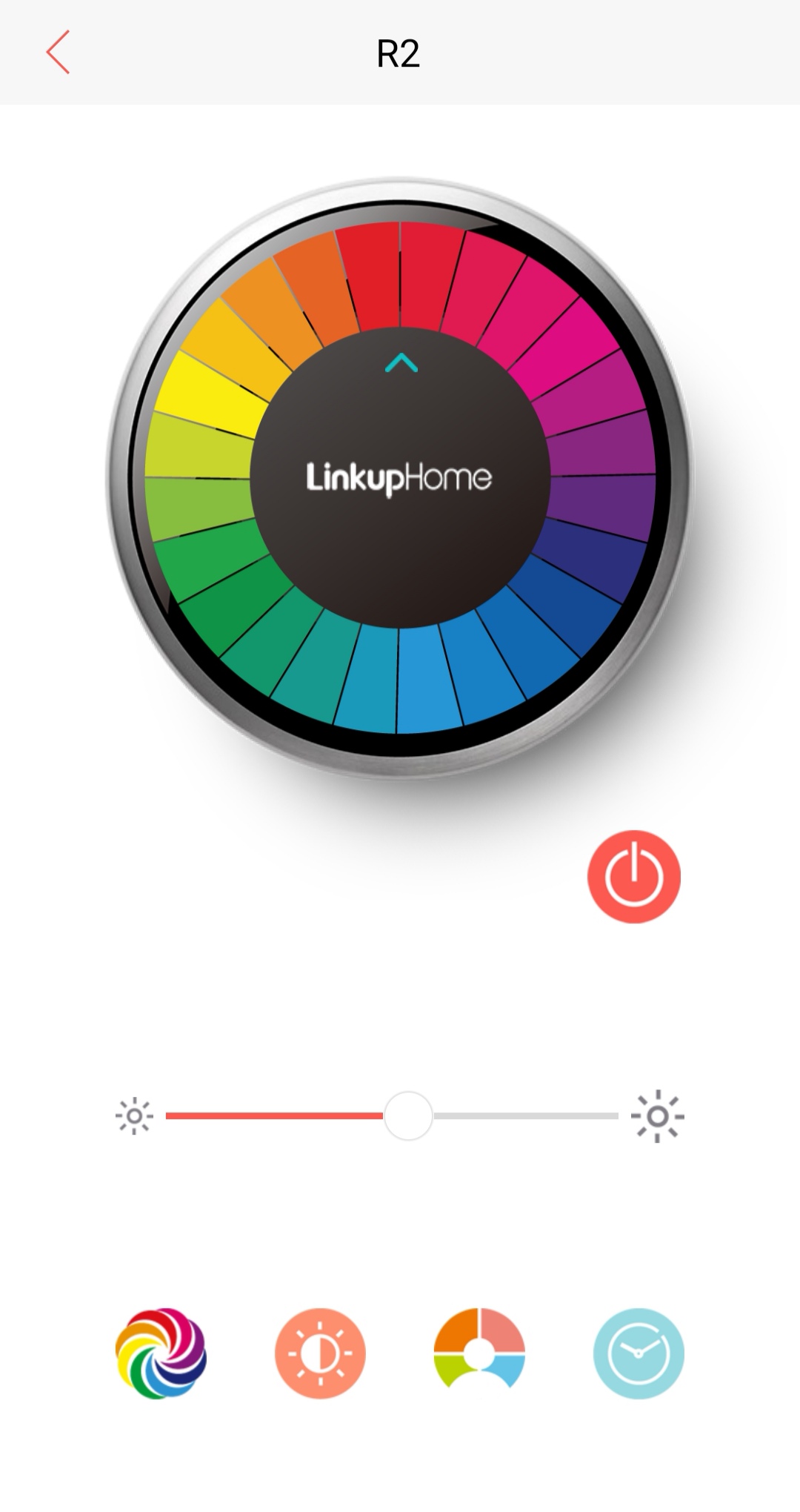
Product Parameters
Control distance: 20m
Material: Polyurethane with 3M back adhesive
Working Voltage: 100-240V
Frequency: 50/60Hz
Lamp Color: RGB+Warm White
Color Temperature: 3000K
Meters: 2 Meters
LED Power: 7W
Power Adapter: 12V/2A
Product Specification: 30pcs LED beads/M, 2 M/root, total 60pcs LED beads.
(3pcs strip lights can be connected, max to 6 meters.Need customized. Pls inform in advance if needed)
Warranty: 2 Years
Strip Light With APP Control,APP Controlled LED Light Strip,APP Control Strip Light,Phone Controlled Strip Light
Ningbo Homey Photoelectric Technology. Co., Ltd , https://www.linkuphome.com
